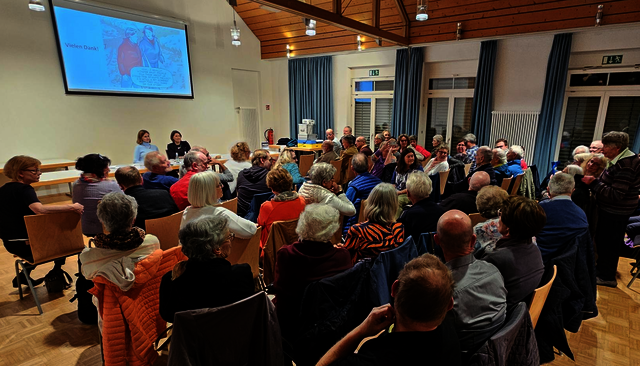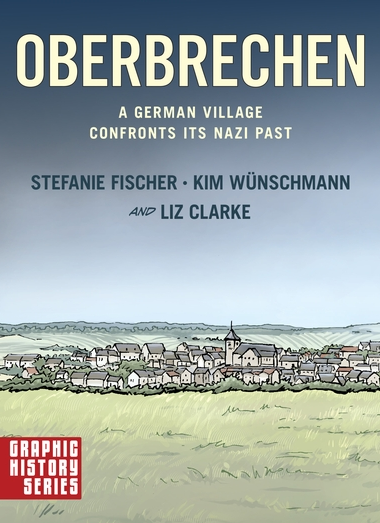
Detailed review of the Graphic History in Frankfurter Allgemeine Zeitung
On 30 September 2025, Dr. Stefanie Fischer and Dr. Kim Wünschmann presented their book Oberbrechen: A German Village Confronts Its Nazi Past in the village of the same name. There was great interest in the Graphic History that examines the ambivalent history of Jewish-non-Jewish relations in the Hessian village before, during and after the Shoah.
At the heart of the research, conducted in the graphic medium, stands the question that shapes confrontations with the Nazi past in Oberbrechen as well as in many other places in Germany: How did the different local experiences of violence affect reencounters after 1945 between those who had been displaced and those who had remained, as well as their children and grandchildren?
The book presentation was accompanied by Andreas Platthaus whose detailed review has now been published in the arts section of the Frankfurter Allgemeine Zeitung (F.A.Z). It states that the work is distinguished by the fact that ‘the volume, simply titled “Oberbrechen”, is not a normal historical study, but contains a comic as its most important element: almost a hundred pages long, it recounts Fischer and Wünschmann's research. This form breaks new ground for German historiography. ... Stefanie Fischer and Kim Wünschmann [are] avant-garde with their study.’
Image: Kim Wünschmann



